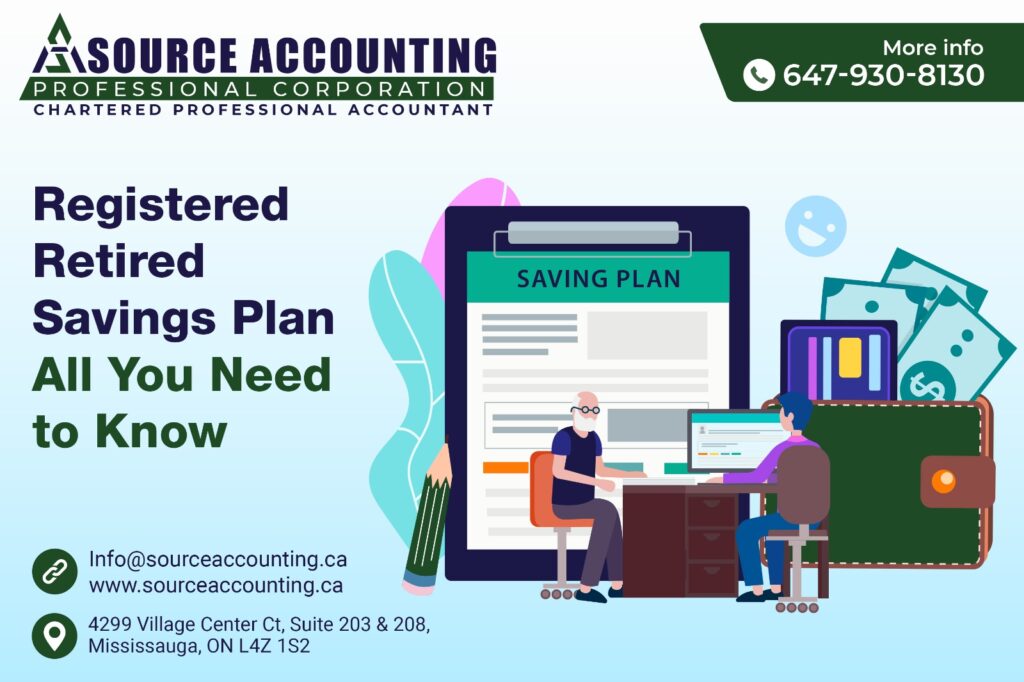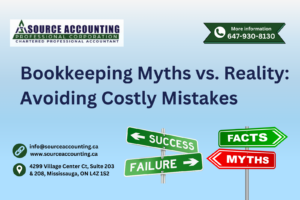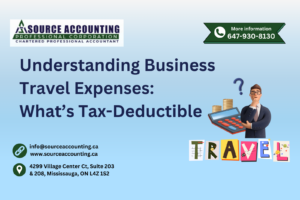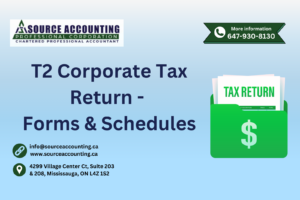A registered retirement savings plan (RRSP) is a government-approved savings plan that is mainly used to save money for retirement. The key benefits of RRSP include:
- Contributions are tax-deductible i.e., they can be deducted from taxable income resulting in less tax bill.
- You don’t pay tax on income generated as long as the funds remain inside the account
- In the retirement years, you can withdraw the money, assuming then you will be in low-income tax brackets.
Investments you can hold in an RRSP
Cash, gold and silver bars, GICs, savings bonds, treasury bills (T-bills), bonds, mutual funds, ETFs, equities (both Canadian and foreign stocks), and income trusts.
Who is eligible to contribute to an RRSP?
Anyone with a “contribution room” in Canada may contribute to an RRSP. This includes non-residents. You can set up and contribute to an RRSP as long as you have a contribution room and are aged under 71 years.
You need to file a tax return before the Canada Revenue Agency (CRA) can calculate your contribution room. The contribution room is calculated based on “earned income”. Some income is not considered “earned income” for RRSP purposes like rental income or investment income.
How much can I contribute:
Your “RRSP contribution limit” is the maximum amount you can contribute to your personal or a spousal RRSP in a given year. It can be found on the last page of your Notice of Assessment or Reassessment.
The CRA generally calculates your RRSP deduction limit as follows: the lesser of
1) 18% of the earned income you reported on your tax return in the previous year and
2) the annual RRSP limit ($29,210 for 2022 and $30,780 for 2023) plus:
Pension adjustments, past service pension adjustments, and pension adjustment reversals reported from your employer can also affect your RRSP contribution limit.
The unused limit is carried forward to the next year.
Spousal RRSP
You can contribute to a spousal RRSP (the plan registered in the spouse’s name) and still get the tax deduction. Your contribution limit does not affect your spouse’s contribution limit. It is one of the important income-splitting options where one spouse earns more than the other.
Self-directed RRSP
With a self-directed RRSP, you have the freedom to oversee the investments in your RRSP instead of your bank managing it. You make all the investment decisions i.e., when and what to buy or sell, and manage your account.
What is the deadline to contribute to an RRSP?
To be eligible for an RRSP deduction in a specific taxation year, you can make contributions anytime during that year, or up to 60 days into the following year.
What happens in case of over contribution?
The CRA does not penalize over-contribution up to $2,000; however, you can’t deduct these excess contributions from your taxable income. Excess contributions over $2,000, on the other hand, are penalized and you must pay a 1% penalty per month.
In case you make an over-contribution, you can request the CRA to waive the penalties. The request is considered by the CRA on a case-to-case basis. Normally if you withdraw the excess amount and you can show to the CRA that the excess contribution was caused by a reasonable error, the CRA might waive the penalties.
When can you withdraw from RRSP?
You can make a withdrawal from your RRSP at any time as long as your funds are not in a locked-in plan. The withdrawal, however, is subject to withholding tax and the amount also needs to be included as income when filing your taxes.
Mandatory RRSP withdrawals at maturity
You can contribute to your RRSP until December 31 of the year in which you turn 71. After that, you must withdraw the assets from the RRSP account.
Withdrawal options at maturity
There are three options you can access/withdraw your RRSP funds, and all three have different tax implications.
Option # 1: Cash withdrawal
You can choose to withdraw all the funds in your RRSP as a lump sum, but the withdrawn amount will be subject to withholding tax. The withholding tax gets deducted at the source by the financial institution and paid to the CRA immediately. This amount must be added to your income when filing your taxes. In most cases, this is not a very efficient way, depending on the size of the account.
Option # 2: Convert RRSP to RRIF
You can choose to convert your RRSP to a Registered Retirement Income Fund (RRIF). An RRIF gives you a steady flow of retirement income over the years. You must make annual minimum withdrawals from your RRIF.
The minimum withdrawals must be included in your taxable income each year but are not subject to withholding tax at the time of the withdrawal. Any amount withdrawn over the minimum amount will be subject to withholding tax.
Option #3: Purchase an annuity
You can convert your RRSP to an annuity that offers a guaranteed income for life or for a specified period. Withholding tax is not applied on amounts that are used to purchase an annuity. You may have to pay tax on the income when you start receiving payments.
The exception to income inclusion on withdrawal from RRSP
If the funds are used for the purchase of a home for the first time through the Home Buyers’ Plan or for funding education through the Lifelong Learning Plan. For each scenario, no withholding tax is paid, and the withdrawal will not be considered income (provided the withdrawal is paid back into the RRSP within the applicable timelines).
What happens to your RRSP when you die?
When an RRSP holder dies, he is deemed to have disposed of the assets just before death on the market value. If no beneficiary is declared, the value becomes part of the estate, and the estate is responsible for paying the tax before distributing the funds to the ultimate beneficiaries. Where the beneficiary is a spouse or common-law partner, the RRSP is usually rolled over to a beneficiary on a tax-deferred basis. For other beneficiaries, there is no tax deferral by naming the beneficiary. The estate will pay taxes and the remaining will go to the beneficiary.
Tip: Unless there is a specific reason to flow assets through the estate, it is generally prudent to name a beneficiary. An asset that flows through the estate may be subject to estate creditors, probate, and other administration fees.
Source Accounting Professional Accountant can assist you with determining the right tax strategies for your tax situation. Please get in touch with us at info@sourceaccounting.ca or call 647-930-8130 for further details.
Source Accounting Professional Corporation (CPA) is a full-service accounting firm in Mississauga, dedicated to individuals, small and medium-sized businesses, providing tax preparation, corporate tax filing, accounting, bookkeeping services, payroll solutions, etc. If you are looking for an accountant Mississauga (Brampton, Toronto, GTA) or an accountancy firm Brampton, you are in the right place.
Disclaimer: The above contents are provided for general guidance only, based on information believed to be accurate and complete, but we cannot guarantee its accuracy or completeness. It does not provide legal advice, nor can it or should it be relied upon. Please contact/consult a qualified tax professional specific to your case.
![Heaader1SourceAccount[3148]](https://sourceaccounting.ca/wp-content/uploads/2021/11/Heaader1SourceAccount3148-2048x289.png)




